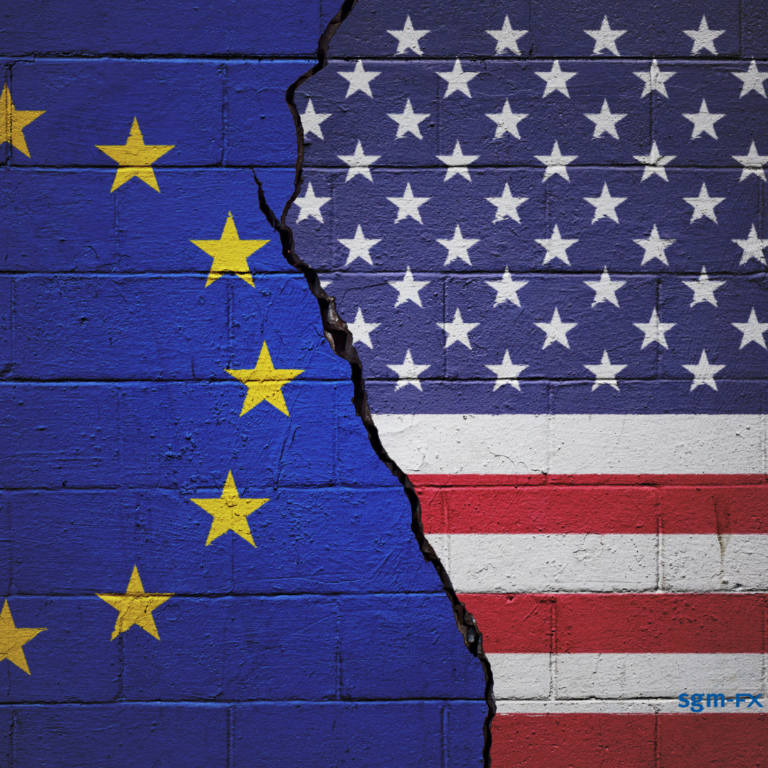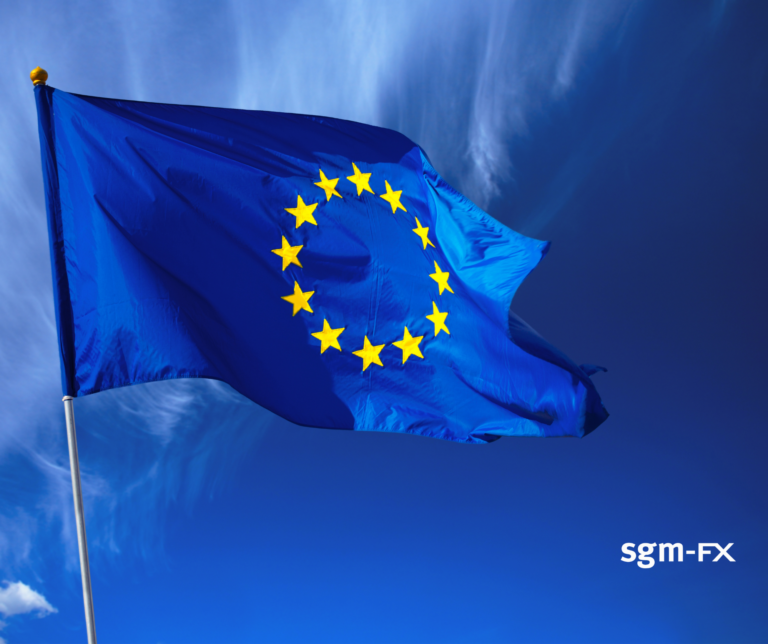
Strong UK economic growth
Discussion and Analysis by Charles Porter:
A short while ago, the Office of National Statistics (ONS) for the United Kingdom released economic growth data in the form of Gross Domestic Product (GDP). Measuring the total value of goods and services within the economy over a given time period, GDP is the favoured statistic to gage the actual performance and output of an economy. The data released this morning showed above expectation growth in excess of 2017 quarter two economic growth. The concomitant appreciation of the Pound Sterling was significant and sustained.

The data released by the ONS earlier this morning attested to a quarter-on-quarter (Q3 vs Q2) economic growth rate of 0.4%. This represents an acceleration of the economic growth rate as measured by GDP from quarter two’s 0.3% growth. This may seem insignificant, however, given the volume of quarterly gross domestic product, the absolute change in output is non-trivial.
The currency market appreciations were even more magnificent. Stealing rose immediately by almost 0.3% against the Euro and continued to rally throughout the morning and the afternoon. Against the US Dollar, the Pound rose by an almost identical magnitude, again, just shy 0.3%. The episode of Sterling strength was exaggerated by a familiar theme: prospective monetary policy.
On 2nd November 2017, just over one week from now, the Bank of England will announce a renewed monetary policy decision alongside an inflation report. Whilst a monetary policy decision always comprises of the propensity to move the market significantly, given the potency of monetary policy within developed financial markets, the significance of the November Bank event is particularly heightened. This is entirely thanks to comments from Mark Carney at a press conference explicitly suggesting that markets have considerably under-priced the probability of an imminent, before-year-end rate, rate hike.
The importance of legitimacy and confidence to a central bank, which, after all, is its single most valuable tool, means that financial markets will find a central bank in such standing as the Bank of England to be credible in their suggestion. Moreover, markets will realise that the Bank and its Governor would never risk sacrificing its reputation over erroneous suggestions (no matter how much Dr. Carney may appear if you Google image search unreliable boyfriend!).
Therefore, the Bank has almost completely committed itself, outside of all reasonable and unforeseen excuses, to a November rate hike. Otherwise, it faces the peril of losing the confidence of the policy and economy over which it governs. The release of ‘hard’ GDP data, the last of its kind before the potential November interest rate hike, was therefore the final of these scapegoats upon which to blame a decision reversal by the Bank’s Monetary Policy Committee.
The reason that markets have reluctantly, although ultimately positively, internalised and priced in most of the effect of an interest rate hike is because the economy doesn’t seem entirely fit to handle an increase in the cost of borrowing and the reward for saving and investment; the mechanisms behind a rate hike. This is because whilst inflation has picked up, wages are still stagnating amongst domestic service inflation. In fact, it appears that the exchange rate effect following the decisive Brexit referendum is solely to blame for far-above-target price inflation.
The exaggerated currency market fluctuation in response to the economic growth data was a confidence effect; the pricing out of uncertainty surrounding the potential rate rise. Ultimately, the fruition of an interest rate hike is far from certain. In addition to the instability and opacity of inflation within the United Kingdom, the composition of the Monetary Policy Committee itself may forbid the Bank from raising rates soon.
The overwhelming composition of ‘Doves’, those seeking to retain more accommodative monetary policy and who are likely to fall behind the curve, might mean that the Hawkish members, those favouring higher rates, are outweighed. The newer members of the Committee, whose preferences were previously unclear, have subsequently revealed themselves as more Dovish by ideology.
There will be considerable upside potential and downside risk within Pound Sterling currency crosses in the medium term. Volatility may well be seen to pick up whilst the European Central Bank (ECB) and Federal Reserve Bank conduct and conclude monetary policy meetings of their own. Of these two meetings, markets will certainly be looking most closely at the ECB meeting tomorrow. This is due to a similar foreboding by ECB officials of an imminent tapering of the monetary policy stimulus program of quantitative easing.
Related Insights

Daily Brief – Friday night US Markets
Friday night US Markets There was an element of the US stock market temporarily running out of oxygen at the heady heights that it had reached and looking for an excuse to take profits/sell. That excuse was provided in spades by POTUS who pronounced that he would implement much higher tariffs against China. That was […]

Daily Brief – China and the USA
China and the USA What prompted POTUS to escalate the trade war last week? Before answering that, it is worth a refresh on the current state of play: US tariffs on China average 58% and China on the US 33%, and the next cliffhanger date is November 10, after which the current threat is for […]

Daily Brief – EU Chamber of Commerce China
EU Chamber of Commerce China Chamber Supremo Jens Eskelund gave a speech this week which made it all too apparent that China is directing its trade exports away from tariff heavy USA to tariff light EU. At the same time, China is making it much harder for foreign businesses to operate in China. That imbalance […]


 Humphrey Percy
Humphrey Percy